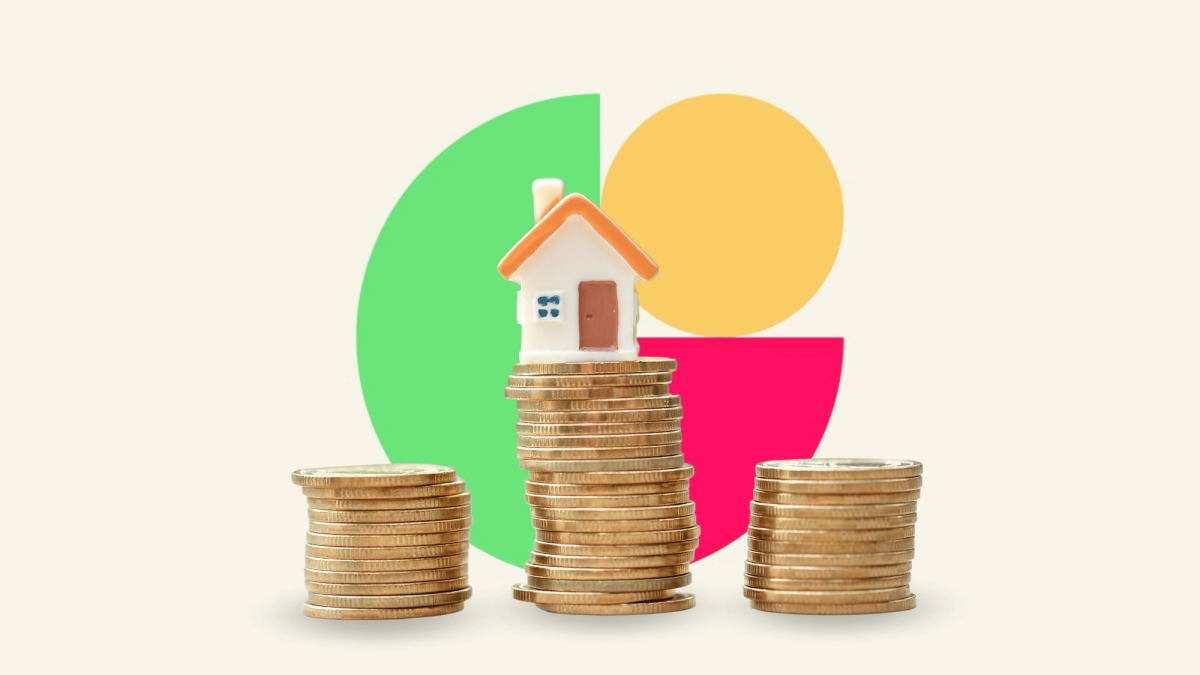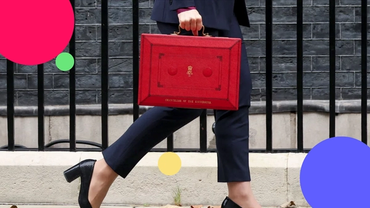Home • Tax Guides • Stamp Duty
Essential guide to Stamp Duty
If you’ve ever bought a property before, you’ve probably heard of Stamp Duty. Stamp Duty is a form of tax that many people come across when they sell a property or land over a certain price in England or Northern Ireland. The rules around stamp duty have changed a lot in recent years, so this guide will give you the low-down on everything from the threshold your property must pass before you pay it to how much you could end up paying.

In a nutshell
What is Stamp Duty?
Stamp Duty, officially called Stamp Duty Land Tax (SDLT), is a tax you pay the UK government when you buy a property or land over a certain price (called the ‘threshold’) in England or Northern Ireland. You pay a similar tax called ‘Land and Buildings Transaction Tax’ in Scotland and ‘Land Transaction Tax’ in Wales.
You have to pay Stamp Duty when you buy a freehold property, a new or existing leasehold, a property via a shared ownership scheme or you receive land or property in exchange for payment – e.g. you buy a mortgage or a share in a house.
The amount of Stamp Duty you pay is calculated using the total purchase price of the property. However, you only have to pay it if the value of the property is over the Stamp Duty threshold, which differs depending on whether you are a first-time buyer or not. And the rate you have to pay also differs depending on whether it is your first home, your primary residence or an additional property.
Stamp Duty rates explained
Stamp Duty is charged at different rates depending on whether or not you’re a first-time buyer and the value of the land or property you’re buying. We’ve broken it down into handy tables so you can see how it works.
First-time buyer Stamp Duty rates:
If you’re a first-time buyer, you will have to pay Stamp Duty at the following rates:
Portion of property price | Stamp Duty rate |
£0 - £300,000 | 0% |
£300,001 - £500,000 | 5% |
Above £500,000 | Standard rates apply (see table below) |
Correct as at 2025-26 tax year.
Home mover Stamp Duty rates:
If you’re selling your primary home and moving to a new property, you will have to pay Stamp Duty at the following rates:
Portion of property price | Stamp Duty rate |
£0 - £125,000 | 0% |
£125,001 - £250,000 | 2% |
£250,001 - £925,000 | 5% |
£925,001 – £1.5 million | 10% |
Over £1.5 million | 12% |
Correct as at 2025-26 tax year.
Additional property Stamp Duty rates:
If you’re purchasing additional land or property, such as a second home, you’ll have to pay an extra 5% on top of the standard Stamp Duty rates as follows:
Portion of property price | Stamp Duty rate |
£125,001 - £250,000 | 7% |
£250,001 - £925,000 | 10% |
£925,001 - £1.5 million | 15% |
Above £1.5 million | 17% |
Correct as at 2025-26 tax year.
When do you not have to pay Stamp Duty?
Free Stamp Duty calculator
To see how much Stamp Duty you might need to pay, use the government’s handy calculator below for a quick and easy estimate.



